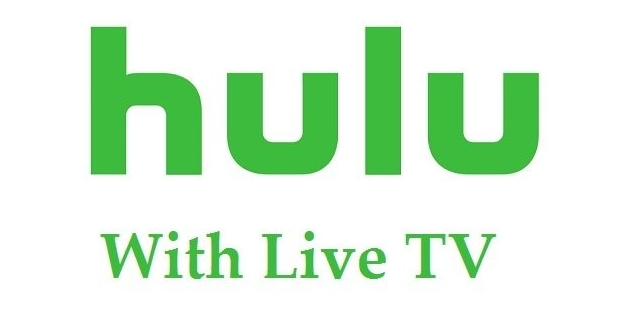Hulu competes in two markets, both are internet based. The system is a successful video on demand library and also competes in the live TV market. The video on demand streaming sector is much larger than live TV online. In the video library market, Hulu provides strong competition to the market leader, Netflix. Overall, Hulu has more than 25 million subscribers, which compares to 61 million subscribers to Netflix and 40 million US subscribers to Amazon Prime Video. Unlike the two market leaders, Hulu does not compete globally but just concentrates on its service within the USA.
Hulu entered the TV service market in 2016 when it launched Hulu with Live TC. This is an internet-based version of the typical home TV bundles offered by satellite and cable TV carriers. Hulu with Live TV is the USA’s market leader in the internet-based live TV streaming market followed by Sling TV and then YouTube TV.
The parent companies of Hulu are two of the largest media companies in the world. The Walt Disney Company owns 67 percent of the business and has full control. Comcast owns the remaining 33 percent of Hulu stock. Although the support of these large media businesses helped Hulu in the past, conflicting strategies in the two parent companies is starting to damage the prospects of Hulu.
Disney recently launched Disney+ and is less interested in feeding original content to Hulu. Comcast is a real-world rival to the Hulu with Live TV service because its Xfinity brand is the USA’s largest cable TV provider. Comcast’s NBCUniversal is currently launching its Peacock streaming service and rival media corporations AT&T and ViacomCBS are also investing heavily in rivals to Hulu.
Both of Hulu’s main business sectors are suddenly becoming very crowded with much of the sought-after content for both on demand streaming and live TV in the hands of other corporations that want a slice of Hulu’s customer base. Even Hulu’s owners are competing head on with the service.
How is Hulu different?
By covering both the video on demand market and live TV streaming, Hulu is able to offer a very wide range of plans. The company has measured up fully to Netflix by commissioning its own original content, which includes The Handmaid’s Tale, which has won awards.
The live TV streaming service that is the major part of Hulu with Live TV is considerably more expensive. However, the price point for TV bundles is dictated by the amount that householders are prepared to pay for a full entertainment bundle. Nevertheless, Hulu’s live TV streaming service is considerably more expensive than sling TV and also more expensive than AT&T TV Now. Some cable providers manage to deliver their bundles with internet included for less than the Hulu live TV package, which requires subscribers to pay for an internet service separately.
Check out our roundup of Best Live TV Streaming Services
Who is Hulu with Live TV best for?
Hulu with Live TV aims to compete directly with all cable TV operators. The Hulu service has the advantage of national coverage, while physical cable TV providers are restricted to licensed areas within the USA.
An internet-delivered TV package is more likely to appeal to a younger demographic. Brand loyalty also means that Hulu with Live TV struggles to win customers away from their current cable TV packages.
How to access Hulu with Live TV
All subscribers to Hulu with Live TV need to have a stable internet connection. Transmissions can be received on smart TVs directly – LG, Vizio, and Samsung smart TVs can all receive Hulu. Other TV sets can get Hulu through a streaming device. These include Android TV boxes, Roku, Apple Tv, Amazon Fire TV devices, the Echo Show, Xfinity Flex and Xfinity X1. Game consoles can also be used as streaming devices. These include the Xbox 360, the Xbox One, Nintendo PlayStation 3, and Nintendo PlayStation 4.
Apps for iPhones and iPads and Android phones and tablets enable the Hulu service to be streamed from anywhere. Macs, PCs and laptops can get Hulu through a Google Chrome, Mozilla Firefox, Microsoft Edge, or Safari browser. Streams received on computers and mobile devices can be forwarded to TV sets through Google Chromecast.


